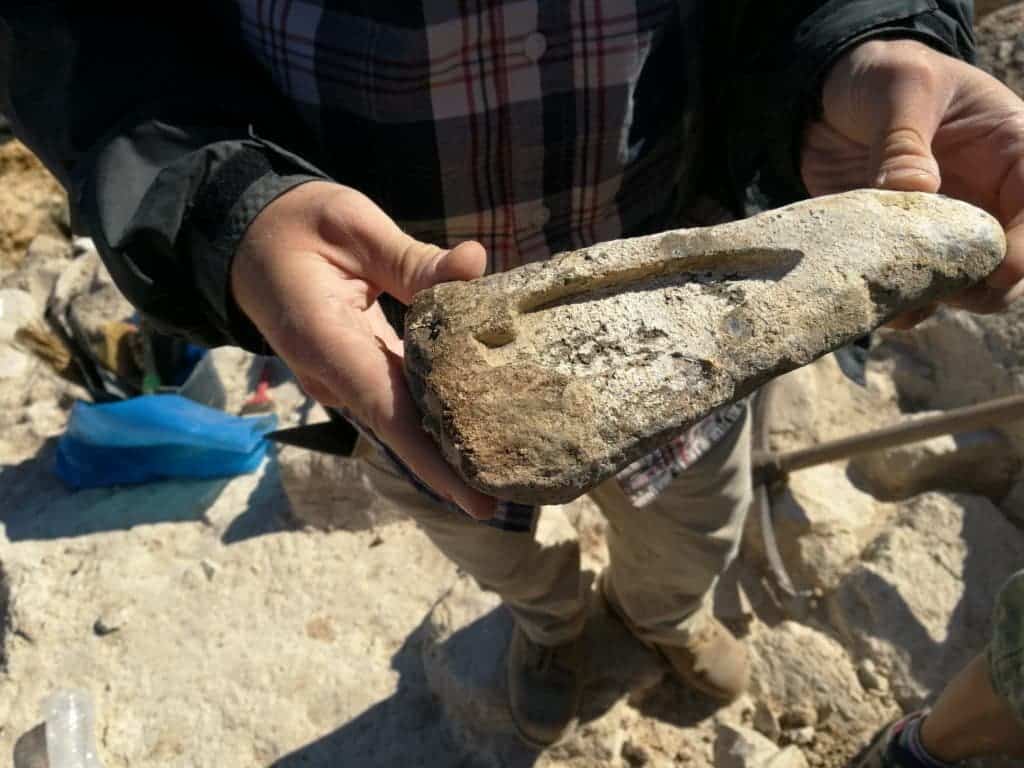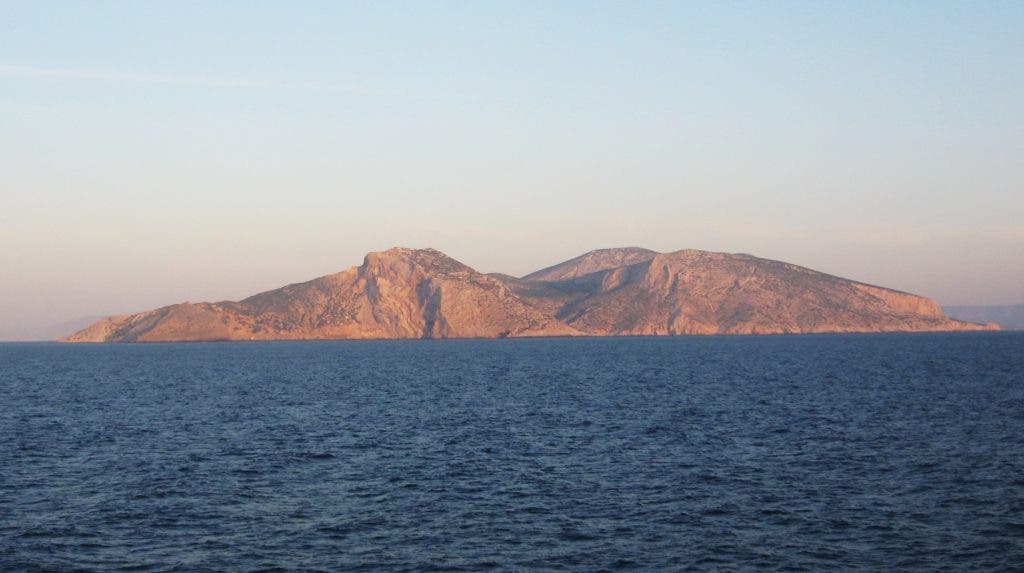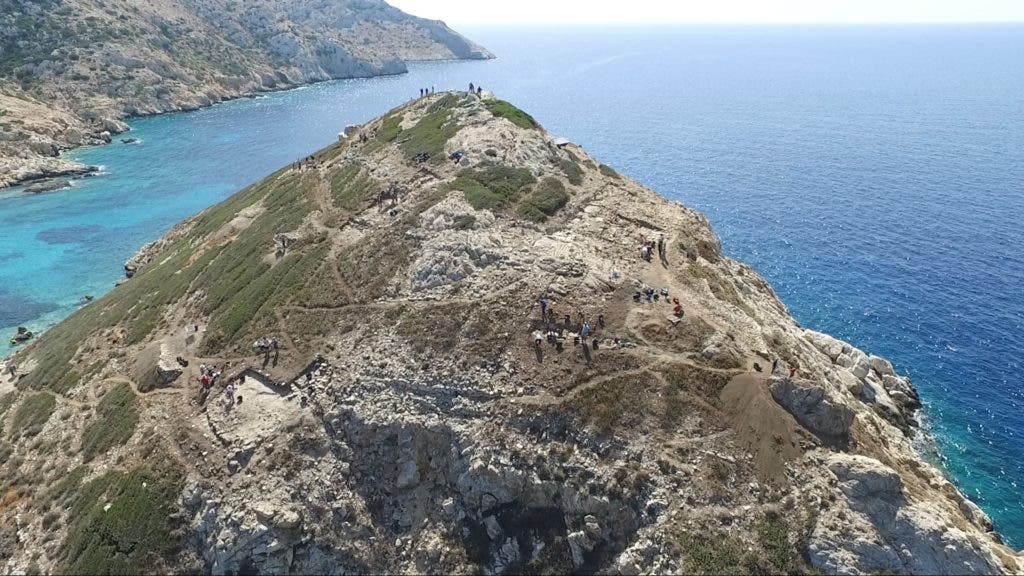New excavations from the Aegean Sea have revealed the impressive sophistication of the Greek Bronze Age. Archaeologists have uncovered a number of monuments, including ones built from massive imported rocks.
The findings were made on the small, relatively unknown isle of Keros. Keros lies somewhere between Greece, Turkey, and the island of Rhodes. Not much is going on today on Keros, but four to five millennia ago, things were much different. Scientists have previously found evidence of ritual activities dating from 4,500 years ago, rituals which involved marble figurines. Now, archaeologists have found evidence that one of the island’s promontories was almost entirely covered by remarkable monumental constructions, built using stone brought painstakingly from Naxos, some 10 km away. Professor Colin Renfrew of the University of Cambridge, co-director of the dig, believes the narrow promontory offered a great view over the sea.
The island must have been an extremely important place. In total, more than 1000 tons of stone were imported, and archaeologists have found evidence that pretty much every flat bit of the island was built upon. The complex is the largest of its kind ever found in the area. The dig also revealed, two metalworking workshops, full of metalworking-related objects and debris. Within, archaeologists found a lead axe, a mold used for making copper daggers, as well as dozens of ceramic fragments (such as tuyères, the ceramic end of a bellows, used to force air into a fire to increase its temperature).
It’s not just the sheer size and mass of the constructions, but the level of technological advancement is also impressive. Underneath the stairs and within the walls, archaeologists uncovered sophisticated systems of drainage, indicating an advanced level of urban planning, and careful design of the structures. The team is now trying to figure out whether the drainage system was for water management or more like a sewer system. The settlement was named Dhaskalio.
To make things even more impressive, the people of Dhaskalio were also knowledgeable farmers. Dr. Evi Margaritis of the Cyprus Institute is currently analyzing the soil on Keros for seeds, burnt wood, and animal and fish bones to see what locals were eating.
“Dhaskalio has already provided important evidence about the cultivation of olive and grape, two key new domesticates that expanded the horizons of agriculture in the third millennium. The environmental programme is revealing how agricultural strategies developed through the lifetime of the site.”
This won’t only provide agricultural and cooking information — it might also show what trading networks locals established. Since Keros was so small and hilly, it probably couldn’t sustain itself, and food was brought from other places.
“Keros was probably not self-sustaining, meaning that much of this food was imported: in the light of this evidence we need to reconsider what we know about existing networks to include food exchange”.

Mould for a copper spearhead, just after discovery during the excavation Image credit: Cambridge Keros Project.
At a time when access to raw materials and skills was very limited, establishing such a finessed complex is no easy feat. The Dhaskalians needed to have not only the technology but also the power and will to make something so special on such a small and inconspicuous island. It was truly a time of change, and a time when society as we know it today was starting to shape up. Dr. Michael Boyd of the University of Cambridge concludes:
“What we are seeing here with the metalworking and in other ways is the beginnings of urbanisation: centralisation, meaning the drawing of far-flung communities into networks centred on the site, intensification in craft or agricultural production, aggrandisement in architecture, and the gradual subsuming of the ritual aspects of the sanctuary within the operation of the site. This gives us a clear insight into social change at Dhaskalio, from the earlier days where activities were centred on ritual practices in the sanctuary to the growing power of Dhaskalio itself in its middle years”.
It’s not just the Dhaskalians who were technologically advanced — modern archaeologists are also bringing the best they have to the table. The data is recorded digitally, using a new system called iDig – an app that runs on Apple’s iPads. Lab results are also recorded on the same app, which means that anyone working (on or off the site) has instant access to the data. As diggings reveal new structures, 3D models are created using a technique called photogrammetry. At the end of the digs, the trenches will be recorded in detail through laser scanning.











